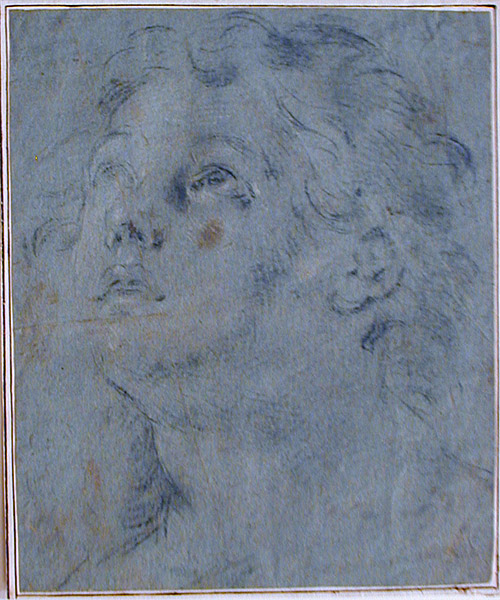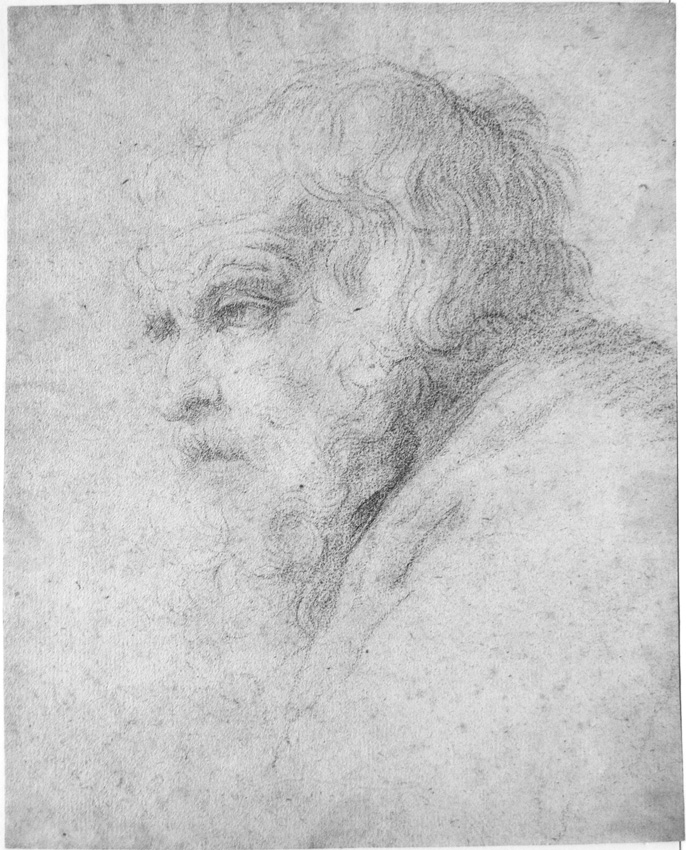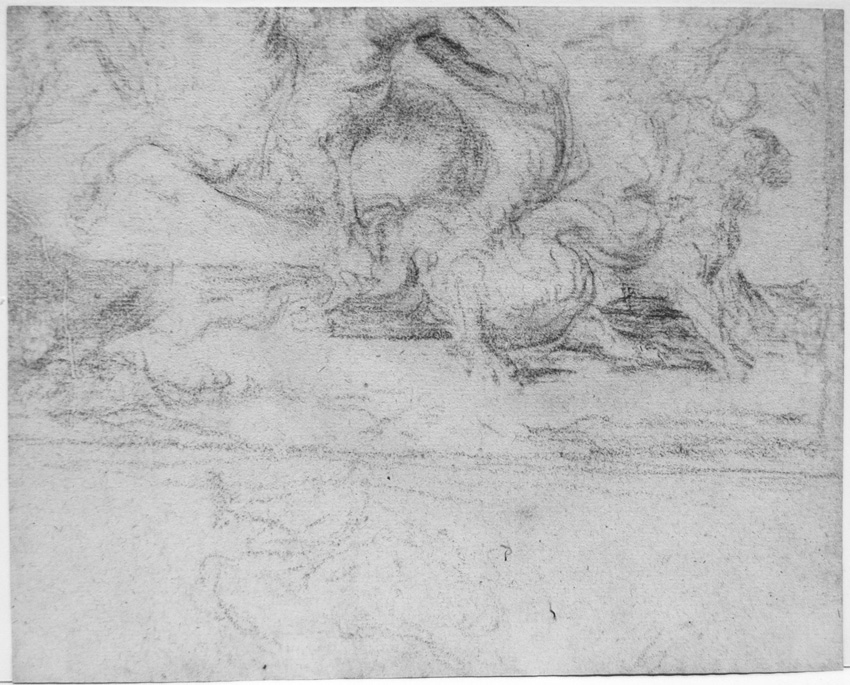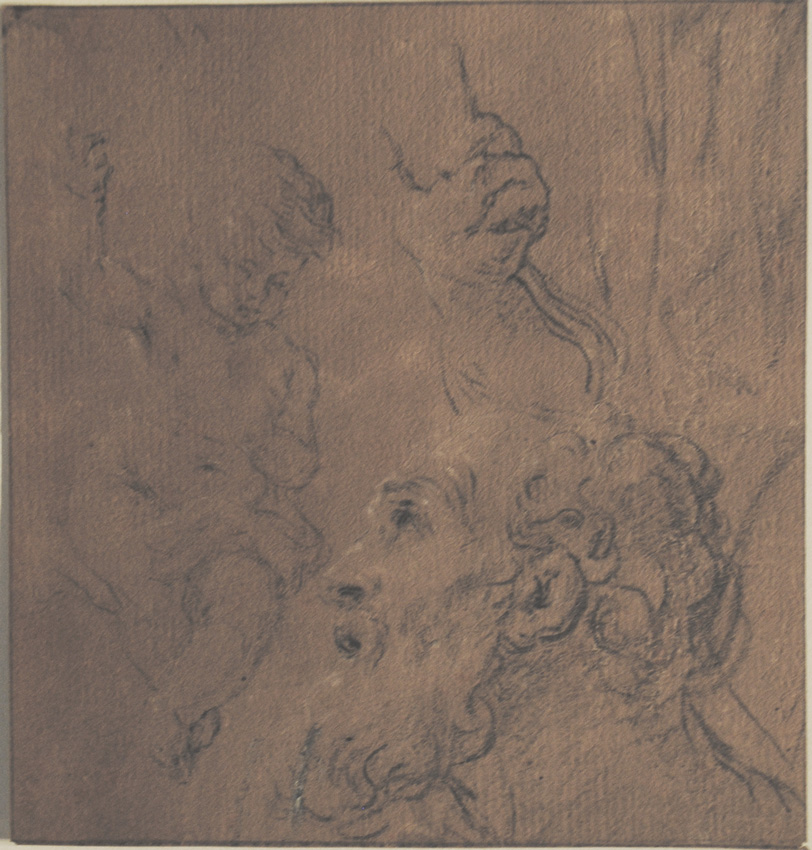Welcome to Spaightwood Galleries, Inc.
120 Main Street, Upton MA 01568-6193; 800-809-3343; email: spaightwood@gmail.com
|
|
|
|
Domenichino entered the Carracci's Accademia degli Incamminati around 1595, and in 1602 he followed Guido Reni and Francesco Albani to Rome to work with Annibale Carracci. From 1603 to 1610, Domenichino was a part of Annibale's workshop and worked on Annibale's various projects for the Farnese family, taking a more active leadership role as Annibale's physical and mental health declined. From 1609 to 1615 he was engaged in a series of major projects in Rome, including The Last Communion of St Jerome (Rome, Musei Vaticani) and the cycle of frescoes in the Polet Chapel of San Luigi dei Francesi, From 1617 to 1621 he worked in Bologna and elsewhere in Emilia and Romagna before his appointment by Pope Gregory XV as papal architect. For the next ten years, he had a series of major commissions before leaving Rome in 1631 for Naples where he painted a series of frescoes and altarpieces in the Capella del Tesoro de San Gennaro. An incomplete census of Domenichino's drawings indicates a fondness for portrayals of saints in ecstacy, their heads tilted back, their eyes fixed above. Roseline Bacou, Great Drawings of the Louvre Museum: The Italian Drawings (NY: George Braziller, 1968), notes (fig. 82) that "Domenichino's work . . . shows his concern for psychological expressivity. Psychological realism is one of the essential traits of XVII century classical art in Rome. . . . . [T]he drawing reveals the artist's attempt, touching in its obstinacy, to capture an expression or render the significance of a glance." Spears notes that from 1609 on, "usually the studies of this period are more forcefully drawn on smooth grey rather than blue paper, so while the forms are stronger, value contrasts are subtler, which correspods to his increasing concern for delicate, compelling contrasts of light and color . . . . [And] a new clarity of outline replaces the the imprecision of the earlier cartoons" [I, 74]. Spear goes on to note that during the middle and later teens, "Invariably the portrait studies are in chalk" and that they are done on light brownish-grey or beige paper" (I, 75]. Our two studies below exemplify this palette for paper.
Sir John Pope-Hennessy concluded his introduction to his Catalogue of the 1758 drawings of Domenichino in the Royal Library at Windsor Castle by noting that Domenichino's "deliberate reaction against the growth of realstic painting" [as embodied in the system of light and color evolved by Caravaggio] stood as a complete antithesis to Caravaggio and that nothing could be "more complete than Domenichino's defence of the primacy of 'disegno' [drawing]suggesting that "for those who shared his own ideals, and especially for Poussin, who venerated him above all living artists, Domenichino represented not the dead hand of reaction , but a system which possessed and could communicate organic life" (p. 29). Pope-Hennessy concludes that "No one who is familiar with the vigor and intellectual probity of his preliminary studies can wonder that he should have been, with Poussin, the dominant influence on classicistic painting between Raphael and Ingres" (p. 29).
Bibliography: Dennis Mahon et al, Classicismo e Natura. La lezione di Domenichino (Rome: Editoriale Giorgio Mondadori, 1997); Alberto Neppi, Gli affreschi del Domenichino a Roma, Istituto di Studi Romani: Quaderni di Storia dell'Arte 6 (Roma: Istituto di Studi Romani, 1958); John Pope-Hennessy, The Drawings of Domenichino in the Coollecton of His Majesty the King at Windsor Castle (London: Phaidon Press, 1948); Richard E. Spear, Domenichino, 2 vols (New have: Yale University Press, 1982); Claudio Strinati et al, Domenichino 1581-1641 (Milan: Electa, 1997).
|
|
|
|
Il Domenichino (Domenico Zampieri, 1581-1641), Head of an old man looking to the left. Black chalk stumped and whitened with white chalk on heavy grayish-brown laid paper. On the verso is a fragment of another drawing showing a dragon menacing a woman holding a child (perhaps a variant of the old red dragon of the Apocalypse menacing the woman clothed with the sun and standing on the horns of the moon) on the right while on the left either a horse and rider or a centaur with a bow (perhaps suggestive of Hercules and Deianira's centaur problem) or, if it is indeed a man and not a centaur, a study for a St. George battling the dragon. This study presents a type common in Domenichino's works: an old man, with a long, curly beard, an aquiline nose, and a very high forehead. See Spears, vol. 2, plates 3 (St. Jerome, 1602), 10 (Joseph of Arimathea, 1602), 34-35 (St. Joseph, 1604-06), 46 (St. Jerome, 1606-08), 73 & 76 (St. Niles, 1608-1610), 143 (St. Jerome, 1614), and 197 (1618-19). The study for the Last Communion of St. Jerome (pl. 143) is perhaps the closest to ours in overall feel, but the old man is more an ideal type than a study of a specific model. Image size: 392x248mm. Price: Please call or email for current pricing information.
|
|
|
Spaightwood Galleries, Inc.
To purchase, call us at 1-800-809-3343 (1-508-529-2511 in Upton MA & vicinity) or send an email to spaightwood@gmail.com
We accept AmericanExpress, DiscoverCard, MasterCard, and Visa.
We also accept wire transfers and paypal.
For directions and visiting information, please call. We are, of course, always available over the web and by telephone (see above for contact information). Click the following for links to past shows and artists. For a visual tour of the gallery, please click here. For information about Andy Weiner and Sonja Hansard-Weiner, please click here. For a list of special offers currently available, see Specials.
All works are sold with an unconditional guarantee of authenticity (as described in our website listing).
Copyright 2004-2017, Spaightwood Galleries, Inc.
Go back to the top of this page.
Visiting hours: Saturday 10:00 am to 5:00 pm and Sunday noon to 6:00 pm and other times by arrangement.
Please call to confirm your visit. Browsers and guests are welcome.
|
|



